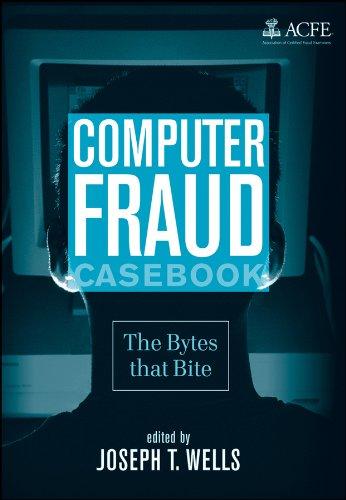Answered step by step
Verified Expert Solution
Question
1 Approved Answer
(12) Total Tax (13) Credits (14) Prepayments (15) Tax refund with Tax return Comprehensive Problem 4-56 (LO 4-1, LO 4-2, LO 4-3) (Static) [The following

(12) Total Tax
(13) Credits
(14) Prepayments
(15) Tax refund with Tax return

Comprehensive Problem 4-56 (LO 4-1, LO 4-2, LO 4-3) (Static) [The following information applies to the questions displayed below. Demarco and Janine Jackson have been married for 20 years and have four children (no children under age 6 at year- end) who qualify as their dependents (Damarcus, Jasmine, Michael, and Candice). The couple received salary income of $100,000 and qualified business income of $10,000 from an investment in a partnership, and they sold their home this year. They initially purchased the home three years ago for $200,000 and they sold it for $250,000. The gain on the sale qualified for the exclusion from the sale of a principal residence. The Jacksons incurred $16,500 of itemized deductions (no charitable contributions), and they had $1,000 withheld from their paychecks for federal taxes. They are also allowed to claim a child tax credit for each of their children. However, because Candice was 18 years of age at year end, the Jacksons may claim a child tax credit for other qualifying dependents for Candice. (Use the tax rate schedules.) Comprehensive Problem 4-56 Part-a (Static) a. What is the Jacksons' taxable income, and what is their tax liability or (refund)? Amount $ 110,000 0 $ 110,000 Description (1) Gross income (2) For AGI deductions (3) Adjusted gross income (4) Standard deduction (5) Itemized deductions (6) Greater of standard deduction or itemized deductions (7) Deduction for qualified business income (8) Total deductions from AGI (9) Taxable income 16,500 2,000 (10) Income tax liability (11) Other taxes Schedule Y-1-Married Filing Jointly or Qualifying Widow(er) If taxable income is over:But not over: The tax is: $ 0 $ 19,900 10% of taxable income $ 19,900 $ 81,050 $1,990 plus 12% of the excess over $19,900 $ 81,050 $ 172,750 $9,328 plus 22% of the excess over $81,050 $ 172,750 $ 329,850 $29,502 plus 24% of the excess over $172,750 $ 329,850 $ 418,850 $67,206 plus 32% of the excess over $329,850 $ 418,850 $ 628,300 $95,686 plus 35% of the excess over $418,850 $ 628,300 $168,993.50 plus 37% of the excess over $628,300
Step by Step Solution
There are 3 Steps involved in it
Step: 1

Get Instant Access to Expert-Tailored Solutions
See step-by-step solutions with expert insights and AI powered tools for academic success
Step: 2

Step: 3

Ace Your Homework with AI
Get the answers you need in no time with our AI-driven, step-by-step assistance
Get Started


